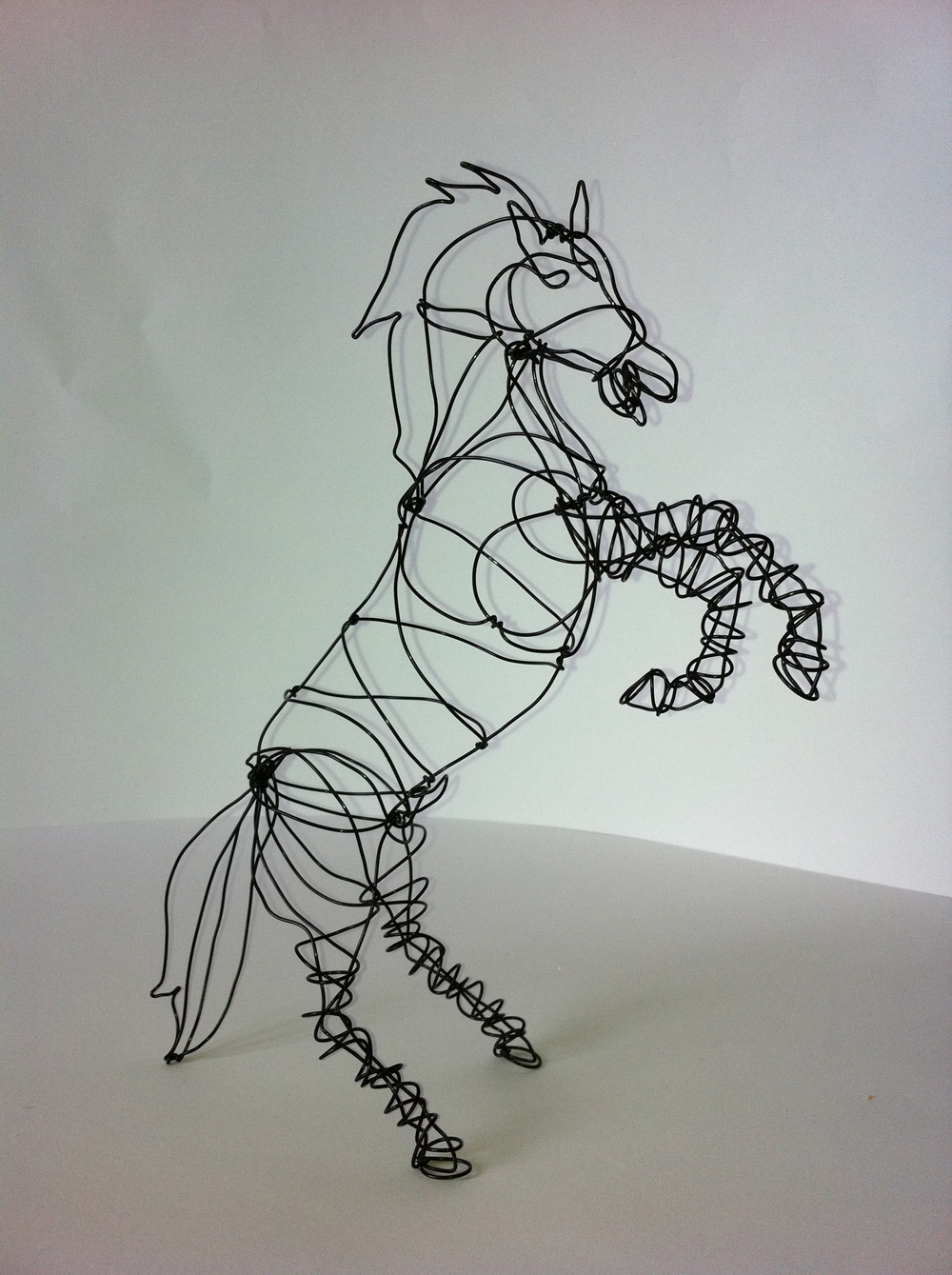My ideal teaching situation would definitely be where I have a close relationship with the principal because that's who will approve your budget requests so if your principal doesn't support the arts or is someone you don't get along with,then you will never be able to do what you want with your art class. At the school I observed at, you could clearly see that she has a good relationship with the principal because the school and halls are filled with different art works. There's even a 3D art piece in front of the school.
Another ideal teaching situation would be the classroom size. My teacher had a big art room and she used the space effectively. She has the tables set up so that she can walk around to each student with no problem. The class is also decorated very well and I feel I wouldn't have any problem with this, seeing that people already love the way my house and room is set up. Decorating is easy for me, being an artist. Also, having plenty of space and places to put supplies and student work.

I would also change the way technology affects the classroom. As far as cellphones, if I have the choice, students would only be allowed to use their cellphones to listen to music. I know I will play music during my classes but not all students like the same music so I feel like they should be able to listen to what they please. I saw at the school I observed how technology can be bad in an art class. In my teacher's classes, she had students that would stay on their phone versus working. When i was in school, our phones would be taken but since they're allowed now, it's really nothing teachers can do as far as disciplining them.
I believe these things will be the most important things to have in order to have a successful classroom.














































